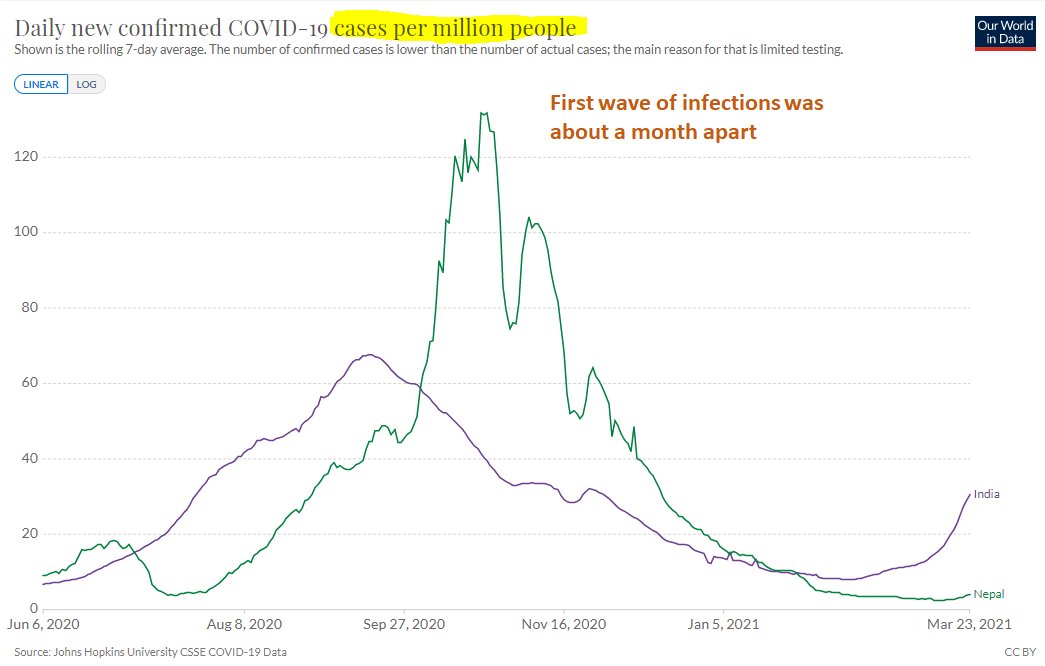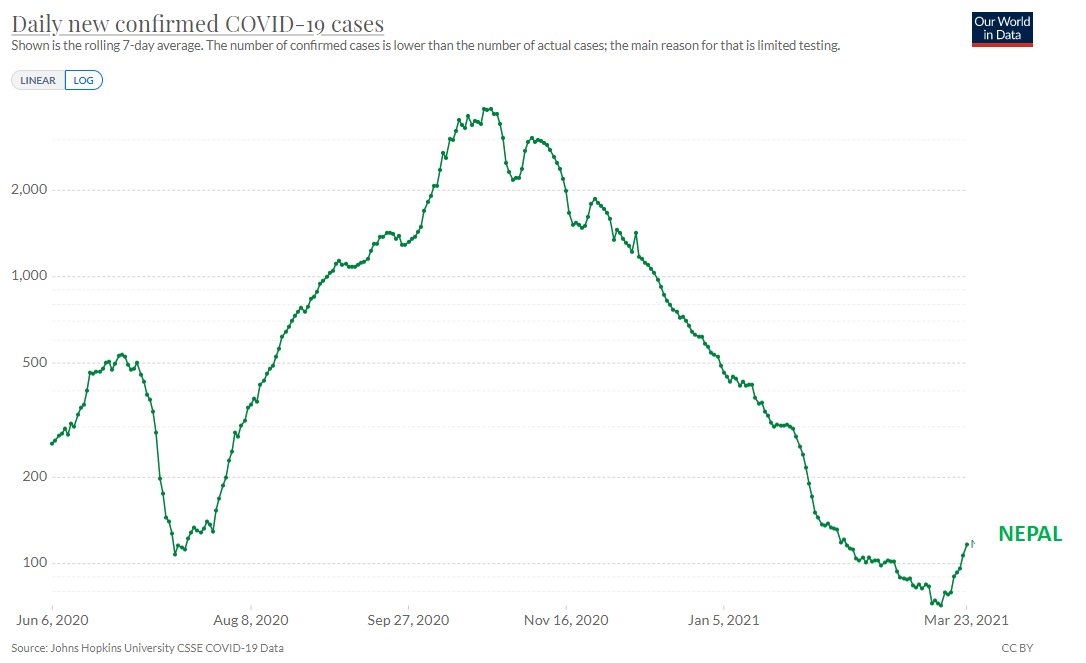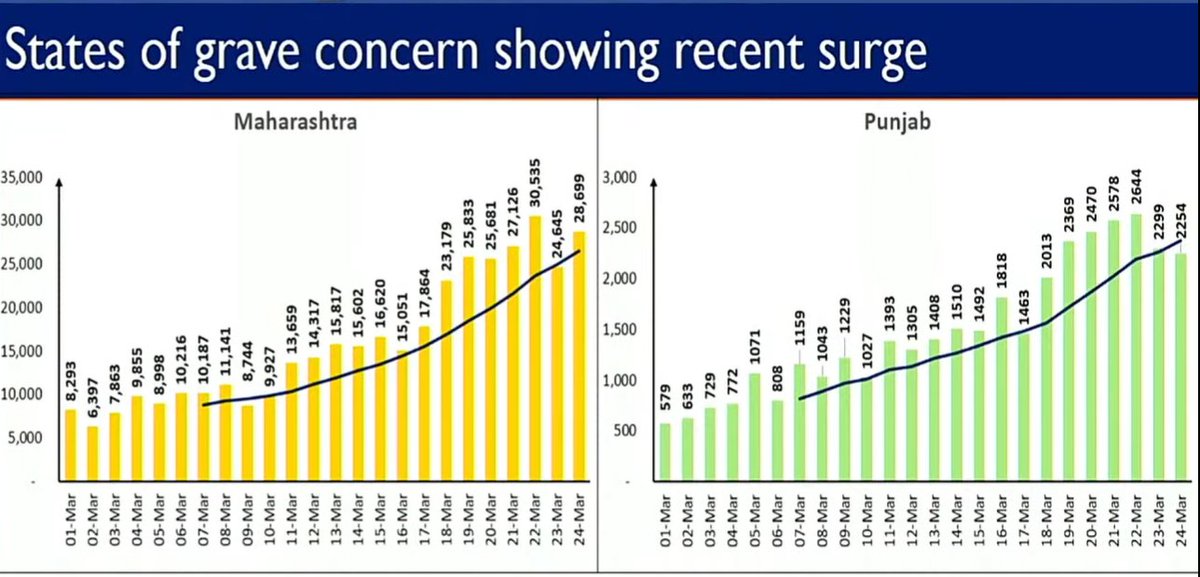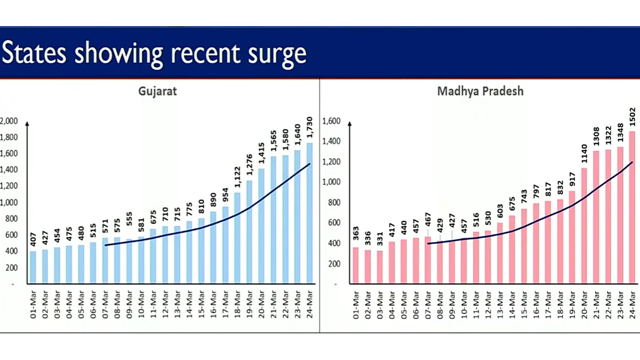
Clinical and Public Health Microbiologist, Molecular Biologist and Scientist
How to get URL link on X (Twitter) App



 BA.2 is primarily found in international travelers in #Japan. 152 cases of BA.2 have been sequenced, 133 of which are travel related. About 50% of cases have travel history to the #Philippines and 33% to #India. The graphs (1 & 2) shows travelers imported variants to Japan. 2/n
BA.2 is primarily found in international travelers in #Japan. 152 cases of BA.2 have been sequenced, 133 of which are travel related. About 50% of cases have travel history to the #Philippines and 33% to #India. The graphs (1 & 2) shows travelers imported variants to Japan. 2/n 






 In the state of #Telangana #India, #Omicron BA.1 in the most recent dates are exclusively from #Hyderabad. Except for a couple cases, BA.2 positive samples were collected outside of Hyderabad. The last sequence from this state is from Jan 6, 2022.
In the state of #Telangana #India, #Omicron BA.1 in the most recent dates are exclusively from #Hyderabad. Except for a couple cases, BA.2 positive samples were collected outside of Hyderabad. The last sequence from this state is from Jan 6, 2022. 





 Currently, India stands at 3.14% active cases, mostly concentrated in a few states. Some of these states in India are hubs for workers from western Nepal. Temporary workers may soon return home in part due to fear of previous lockdown experience or rise in COVID cases etc.
Currently, India stands at 3.14% active cases, mostly concentrated in a few states. Some of these states in India are hubs for workers from western Nepal. Temporary workers may soon return home in part due to fear of previous lockdown experience or rise in COVID cases etc. 

